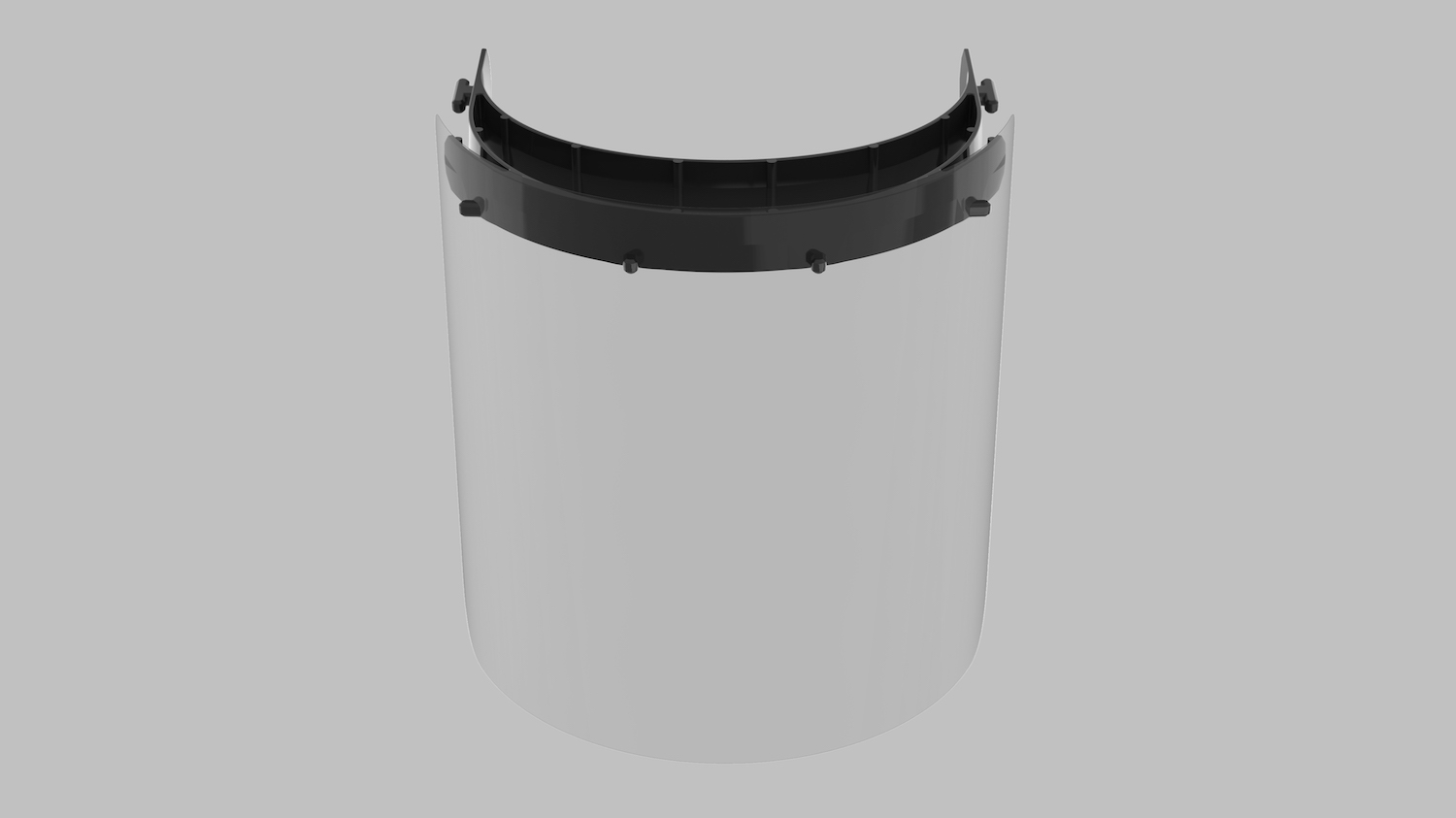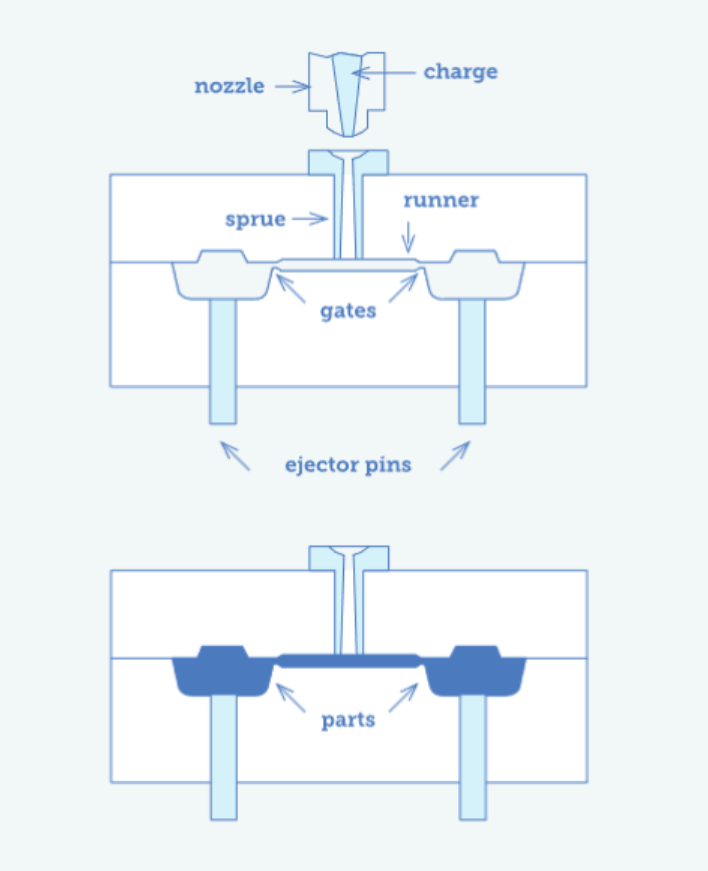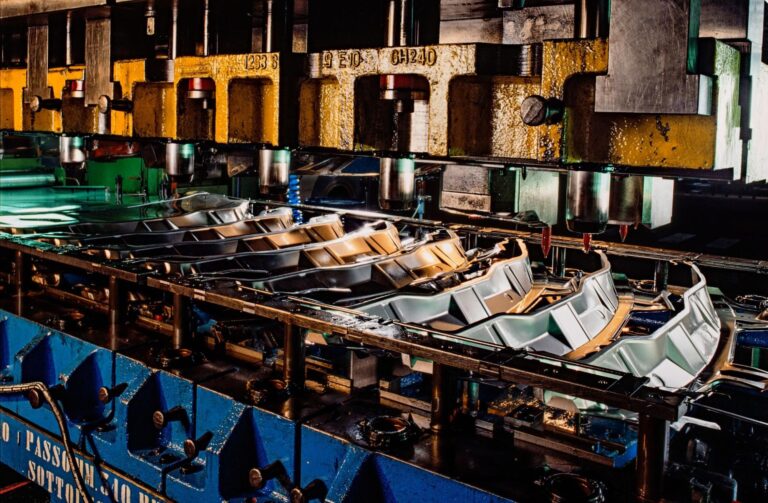Time to read: 3 min
This week, we focused on healthcare supply chains, with two stellar expert guests. First up, sharing her insight into the latest legislative and administrative issues related to the healthcare supply chain, was Lorraine Marchand, life sciences consultant, speaker, writer, and professor. Lorraine was joined by Greg Schulte, Director of Engineering at Mindtribe (Part of Accenture Industry X.0), who shared his own recent experience in healthcare and particularly how it relates to robotics and R&D.
Headlines from Our Introduction
- Much of China is back and running at more than 90% capacity; their next big challenge is demand disruption.
- The third disruption impacting companies right now is around workplace practices and social distancing.
- There are debates raging around the manufacturing industry’s ability to quickly stand up new products, particularly ventilators. Pivoting is the order of the day.
- This is backed by the Defense Production Act in the U.S.
- A big challenge exists around how supply and demand are connected, causing real frustration in all quarters.
- Remote and robotic solutions are being explored in numerous companies and in numerous applications, like monitoring using drones, remote medicine, sterilization, or cleaning.
Fictiv’s Face Shields
Fictiv announced it had funded the development and manufacturing of a tool to produce face shields for use by front-line healthcare workers. Hospitals can order the face shields at cost, in batches of 1,000+, in an effort to get the product to where it is needed as quickly as possible. Any profits will be donated directly to the WHO (World Health Organization). Fictiv’s face shield design represents an improvement on anything currently being 3D printed, with a substantial weight reduction (to below 50g) and compliance with NI-8 and ANSIST standards. Face shields are available to order on the Fictiv website, and lead times are as short as one day.

From the Guests
Lorraine Marchand was first up and began by underlining the importance of not losing sight of the victims in this tragic chain of events. The numbers are more harrowing every day. Lorraine went on to explain how to navigate the medtech supply chain and how to better understand the implication of the policy changes and economic disruptions.
Demand disruption is not only producing additional demand for certain products, it is lessening demand for others deemed non-essential. Changes to FDA regulations are impacting how quickly things are approved, but also how the FDA requires vendors to report potential supply chain shortages. Meanwhile, Congress is exploring how to “break America’s dependence on foreign medical supplies,” to avoid any repeat of the current situation.
Lorraine provided insight into resources and assistance to help supply chain managers and executives navigate the current situation, adding that she’d never seen things move so fast in the healthcare industry.
“This might still feel slow to technology folks, but this is super-fast for healthcare,” she said. “We’re at warp speed!”
Next up was Greg Schulte, sharing his recent experience of designing and building hardware with a remote but connected team. One of Greg’s team members took a whole lot of manufacturing equipment home and built something like a prototype facility, with laser cutters and CNC machining, in their garage. They are investing in building even more “home” manufacturing capacity, with 3D printing and more.
When asked how design had changed, Greg explained they are putting the supply chain up front in the process, designing around parts they have or know they can get. Suddenly, this is more critical than cost.
The whole panel also explored robotics and how much the sector has to offer right now. Robotics innovators are working to bring solutions to help in various applications. Greg shared some of his own experience around developing a robotic cleaning solution that could sterilize an area quickly and without the need for human interaction. Greg explained that part of the challenge in this and other projects was the focus on speed to volume, which dominates current conversations.
Key Takeaways
- Learn from the past; don’t repeat mistakes
- You can develop and build hardware remotely
- Connecting supply and demand is a major frustration that needs to be resolved
- Get creative, but don’t go rogue; we still need safe compliant product
- Leverage what you know and who you know (as always, ask for help and make friends)
- The spirit of innovation and camaraderie is tremendous; solutions must be systemized










